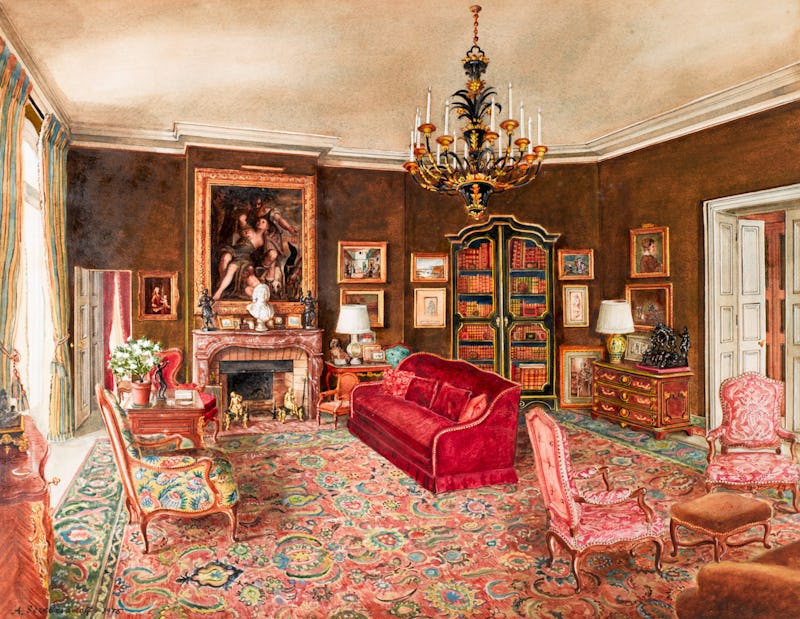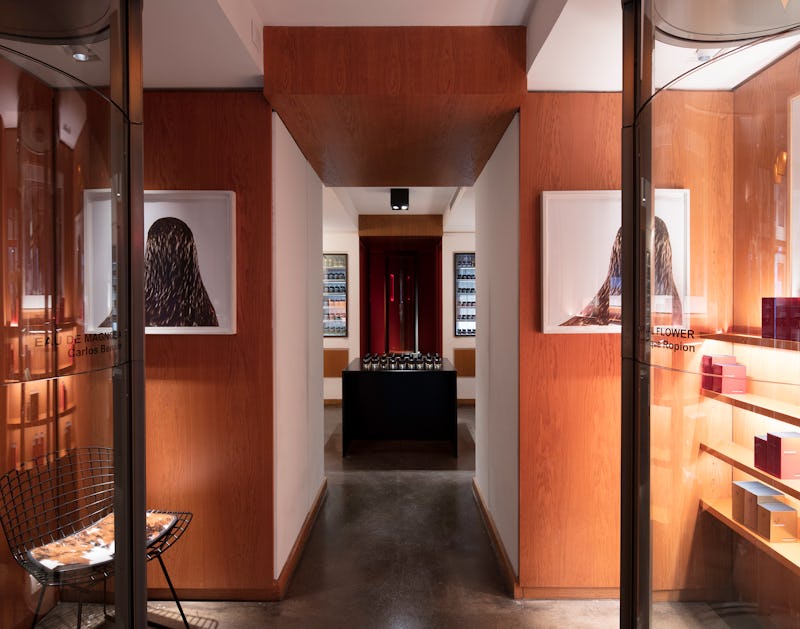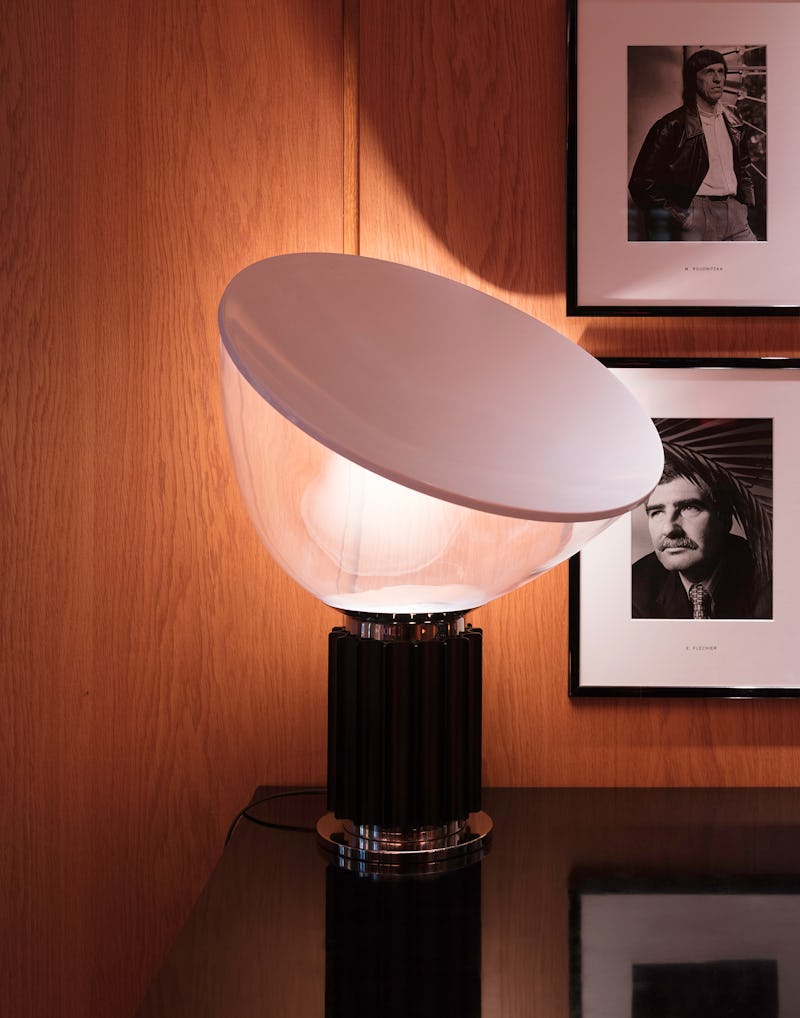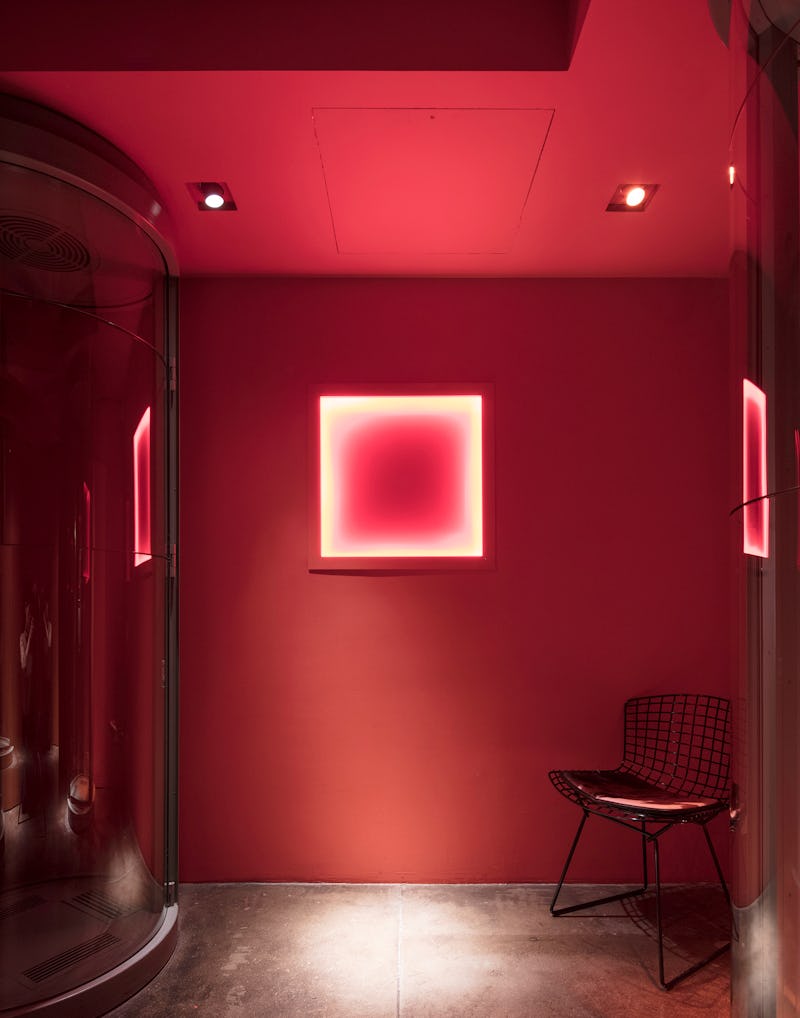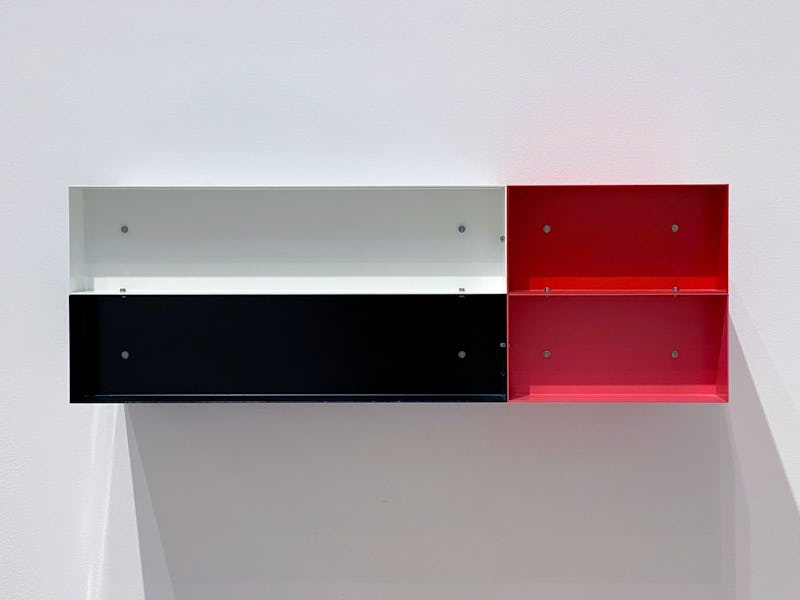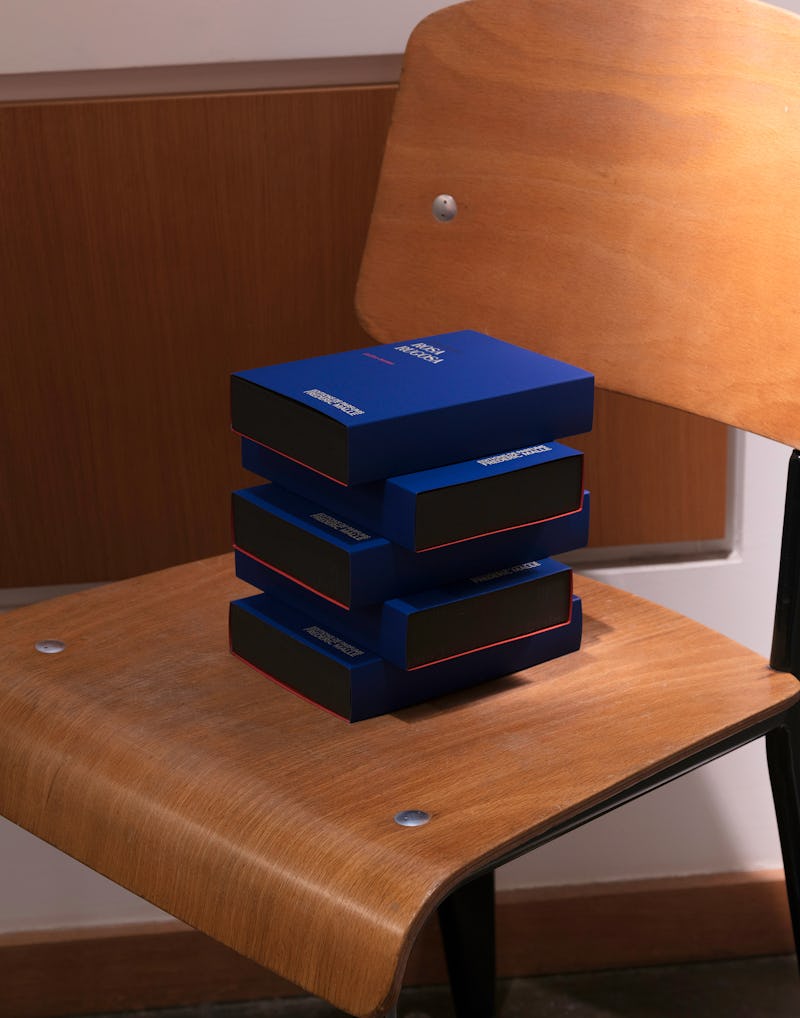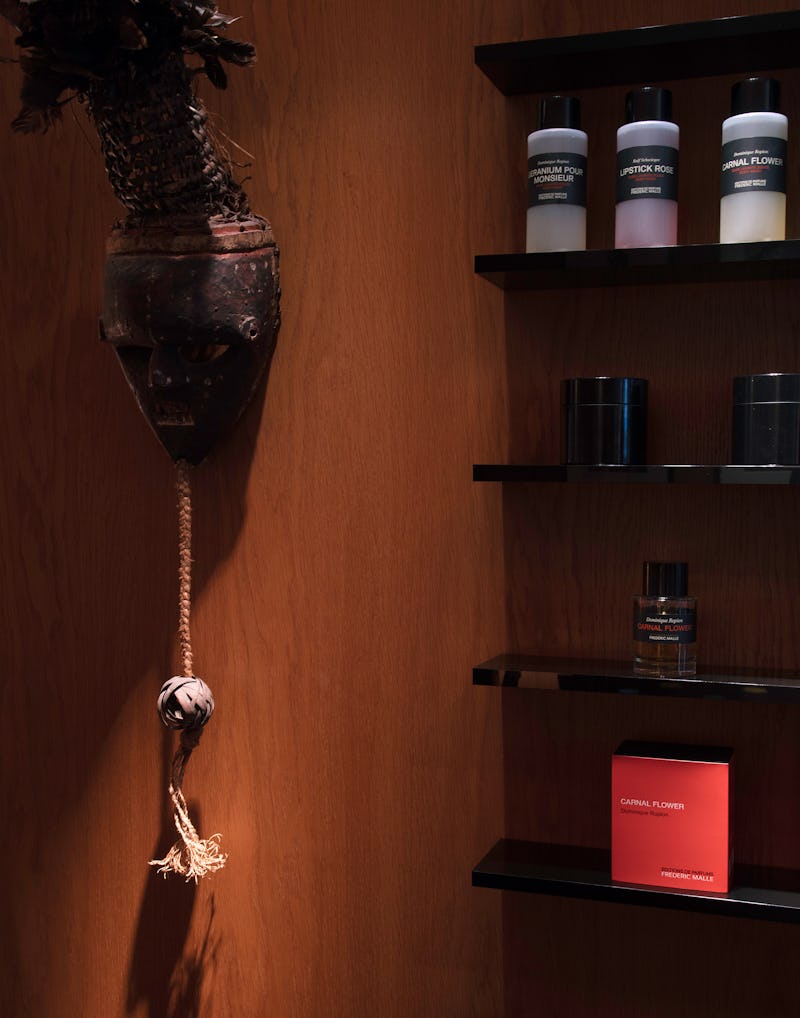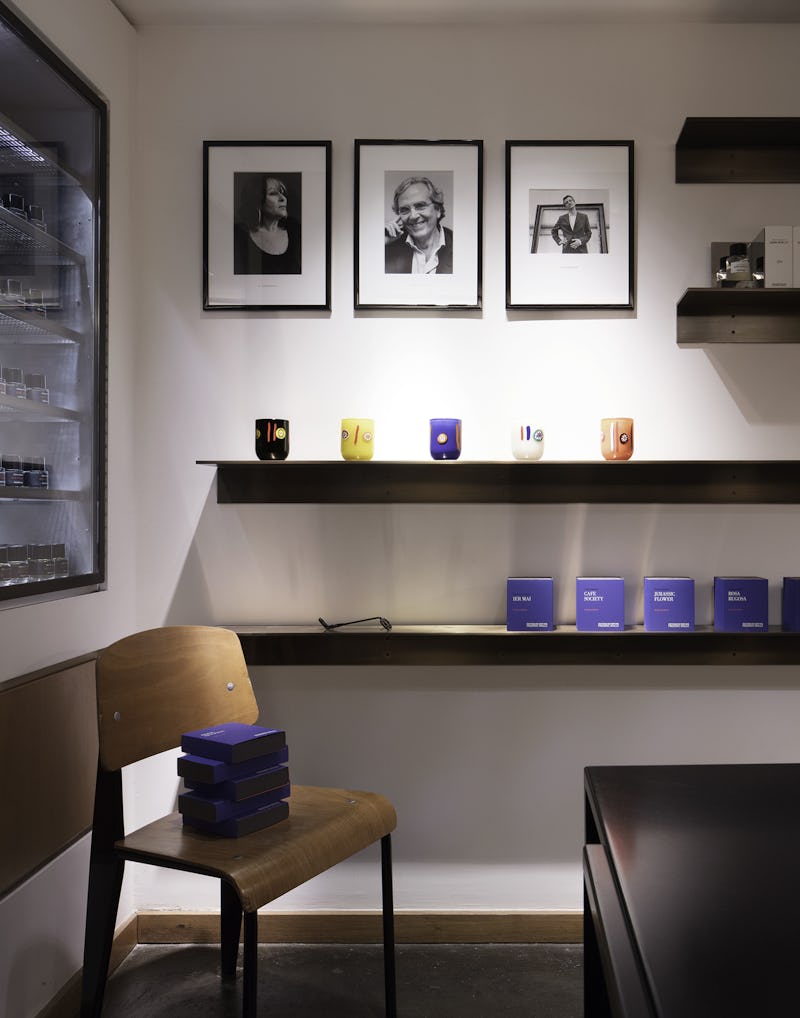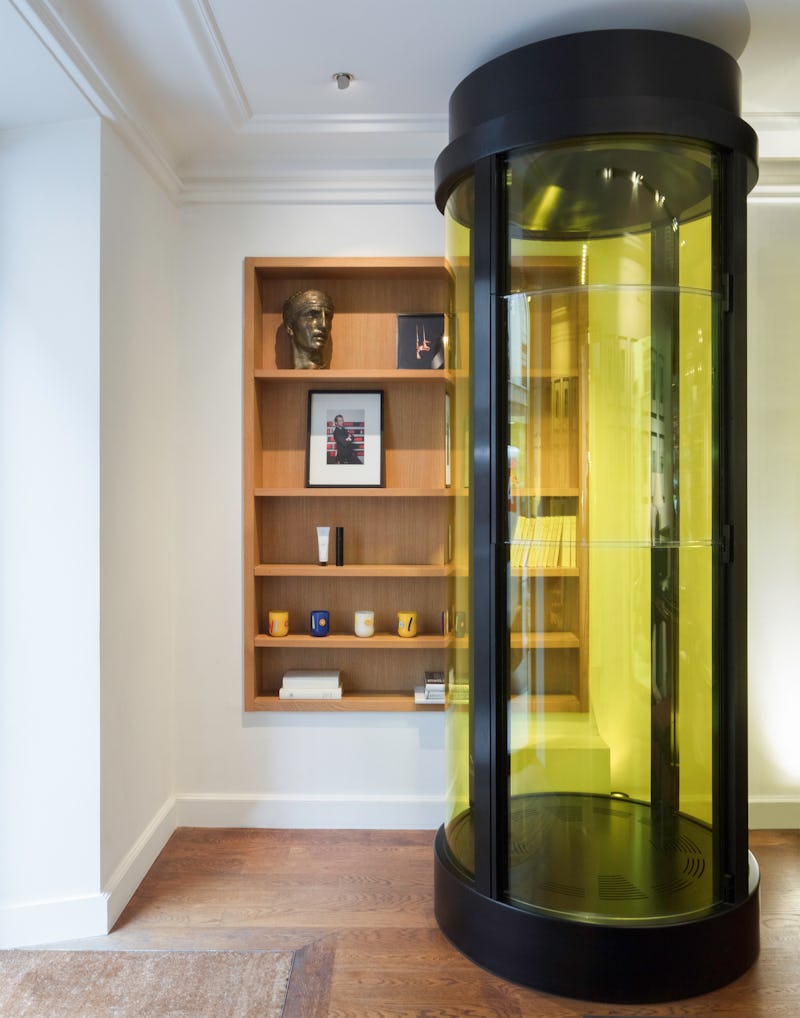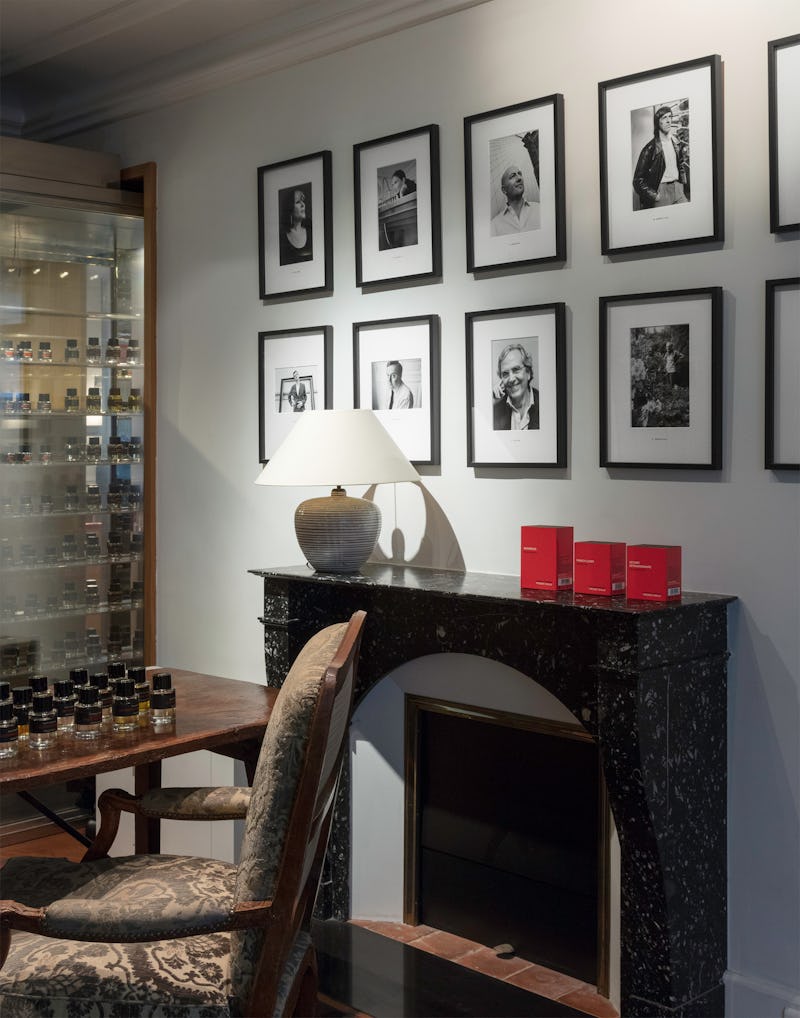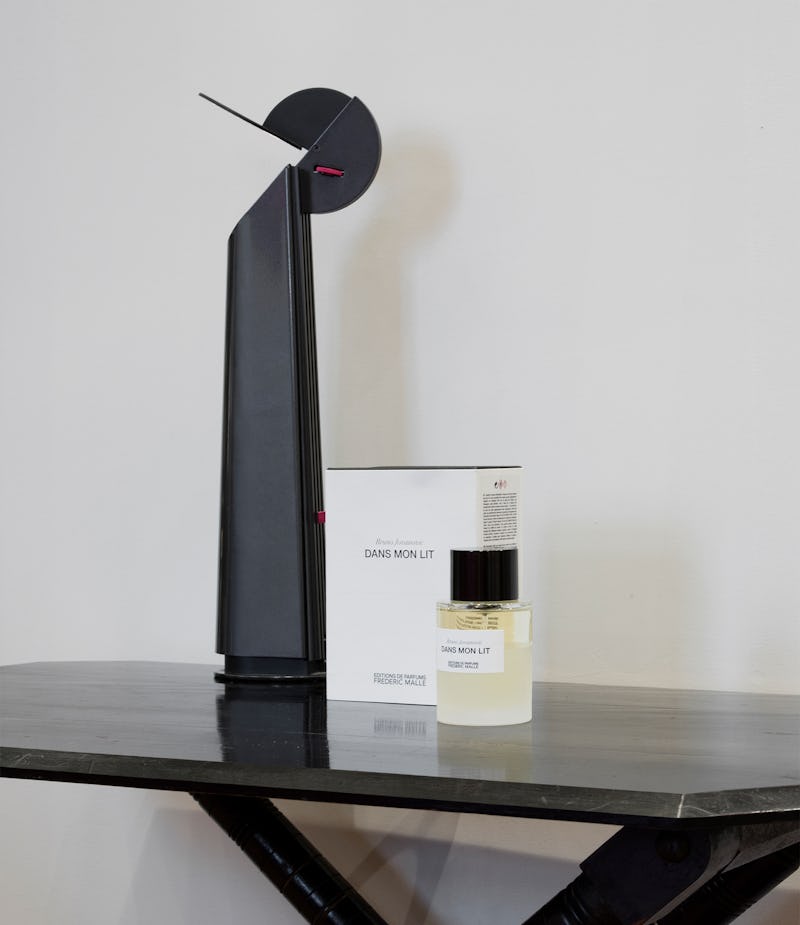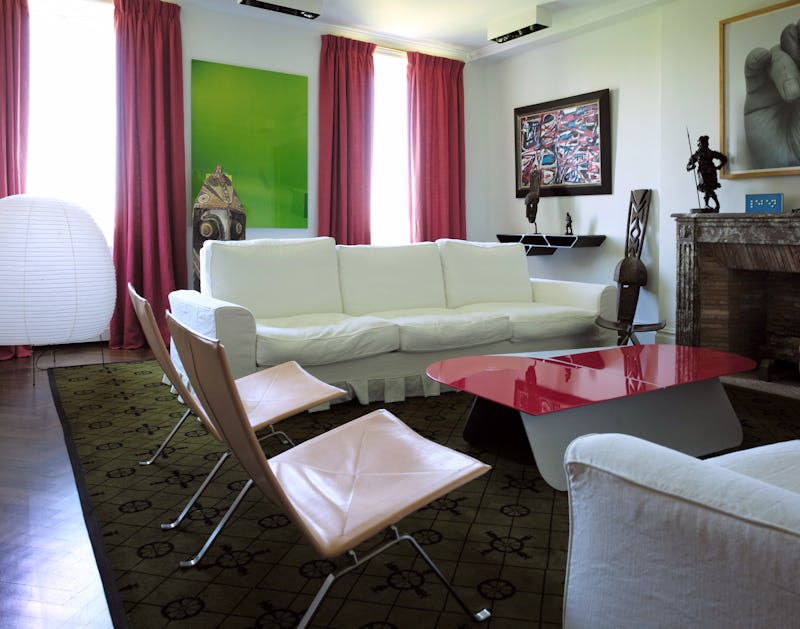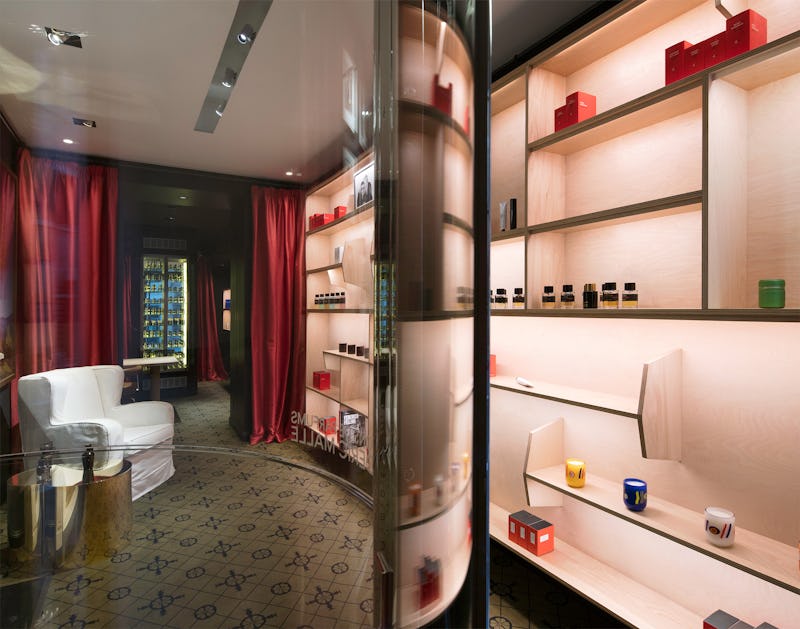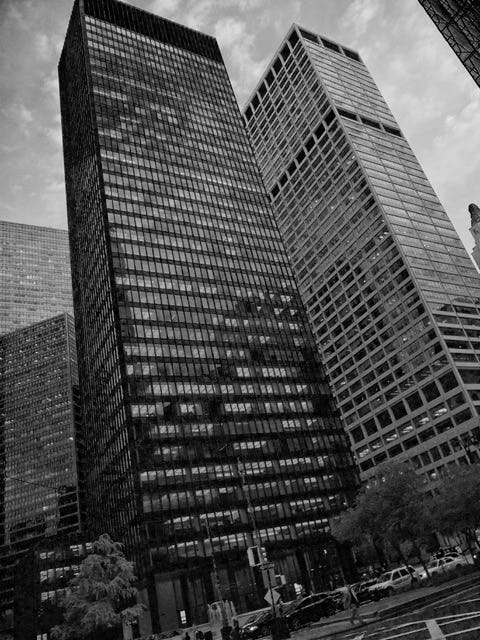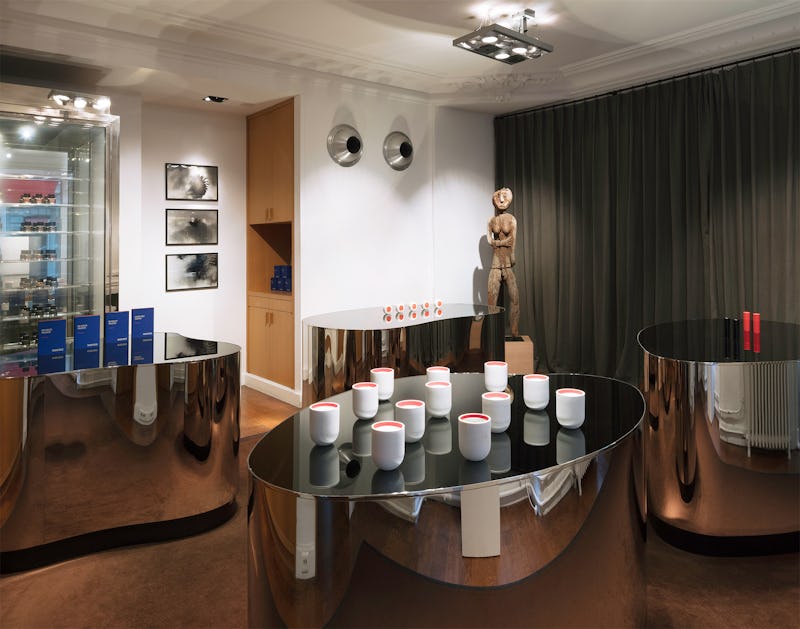The Interior
World of
Frédéric Malle
An illustration by Alexandre Serebriakoff of the salon at Frederic Malle’s childhood home in Paris
The Interior
World of
Frédéric Malle
An illustration by Alexandre Serebriakoff of the salon at Frederic Malle’s childhood home in Paris
When you ask Frédéric Malle where he got his taste for beauty and the mixing of styles, he immediately blames his mother, who had his brother and himself helping out with her interior decoration projects in various family homes. From a young age, Frédéric Malle listened to and observed those around him. Apart from his studies in art history, this attentive quality no doubt helped train his eye at the same time as it allowed him to develop his personal taste. One of the best ways to confirm this is to take a tour of the boutiques of Editions de Parfums which, he tells us, were envisaged as an extension of his own home.
It all began with the boutique at 37 rue de Grenelle in Paris. For him it was obvious: this place designed to welcome his brand’s first customers had to be conducive to listening to each and every one of them, and advising them in their choice of perfume, but it also had to join with the spirit of the Saint-Germain-des-prés neighborhood where it is situated. Frédéric Malle also knew that he himself would spend a great deal of time in the store, and receive friends there. So he conceived the boutique as an extension of his Paris apartment: a place where one feels at home, where one can leave behind the noise of the street to serenely indulge in the discovery of perfumes. A boutique designed for receiving guests as if at home, but also as a little sanctuary where time stands still.
Boutique at 37 rue de Grenelle, Paris
Frédéric Malle laid out the 58m2 space on advice from Andrée Putman, with the help of Olivier Lempereur. For the interior decoration, he drew on very precise inspirations that play with contrasts: wood paneling in the spirit of architect Carlo Scarpa’s designs for the Palazzo Abatellis in Palermo, and a concrete floor in the style of a New York contemporary art gallery.
Details of 37 rue de Grenelle, Paris
As he says, “in interior decoration, any mix of objects is possible so long as they have a similar visual impact. All sorts of harmonies can be created without any need to be homogeneous in style or color.”
Object by Donald Judd, the inspiration behind the red metal bookcase at 140 Avenue Victor Hugo, Paris
And so, like a cabinet of curiosities, the Rue de Grenelle boutique stages a dialogue between the stark modernity of the cylinders of the smelling columns which he invented himself, African objects acquired from the art dealer Stéphane Mangin, a table and chairs designed by Jean Prouvé, a photo of Philip-Lorca diCorcia, an engraving by Louise Bourgeois, and two works by Roni Horn. A carefully orchestrated eclecticism making use of his own personal collections.
The same principle of integration into the local neighborhood where the boutiques are situated would subsequently lead to very individual productions, each different from the others.
Details of 37 rue de Grenelle, Paris
Details of 37 rue de Grenelle, Paris
For the boutique in the Marais in Paris as for the boutique on Greenwich Avenue in New York, a quest for the singular prevailed. Sited in arty rather than conservative neighborhoods, the architectural composition of the boutiques would also go in this direction, with Jakob + MacFarlane creating a sculptural work plunged into a play of mirrors in Paris, and Steven Holl exercising his relentless ingenuity in the West Village.
Details of 21 rue du Mont Thabor, Paris
On the contrary, the Upper East Side New York boutique blends into the Art Deco environment of a historic building built in the 1930’s by the architect Rosario Candela. Here Malle, accompanied by Patrick Naggar, decided to pay homage to the style of Jean-Michel Frank, one of his favorite references. A sober and refined style that makes it possible to mix genres, forging links between the traditional and the contemporary. Jean-Michel Frank would become all the more important an inspiration as the epochs were brought together. For the furniture, Frédéric Malle chose family possessions: his grandfather’s desk and armchairs designed by Jules Leleu, along with the great pink sofa that was in the apartment where he grew up on Rue de Courty in Paris. In contrast, the three smelling columns in brushed aluminum exude a high-tech character. And as in the historic boutique on rue de Grenelle, portraits of the perfumers hang on the picture rails and above the fireplace.
Boutique at 898 Madison Avenue, New York
Details of 898 Madison Avenue, New York
Details of 898 Madison Avenue, New York
For the boutique in Rome, the decor is “homemade,” with Frédéric Malle mainly taking elements from his New York interior: a moss green carpet, the same one he has in his living room, and black walls as in his dining room. Exercising his taste for mixing things up, he added a large bookcase inspired by the Italian designer Gio Ponti.
Detail of Frédéric Malle's New York City living room
Interior of boutique at Via del Babuino 30, Rome
As with the boutique on Madison Avenue in New York, it was Patrick Naggar who designed the 14m2 space on Avenue Victor Hugo in Paris. A giant steel girder inspired by those of the Seagram Building in New York serves as a central console upon which to present the perfumes. From one end to the other, the walls are lined by a red metal bookcase inspired by the work of Donald Judd on one side, and on the other a smelling machine invented by Frédéric Malle, inspired by the design of the engine of a Bugatti Royale. At the end of the space, illuminated from behind, are the famous refrigerated cabinets holding the perfume bottles.
Seagram Building in New York City, photographed by Frederic Malle
In the boutique on Rue de Mont Thabor in Paris, Jacques Grange advised on how to transform what was originally designed to be a printer’s workshop. Some delicious combinations are to be found here: a seventeenth-century table rubs shoulders with a Louis Philippe style fireplace, while on the wall an original Millet canvas enters into dialogue with a photo by Brassaï. Adding yet another contrast, here the smelling columns are made in yellow glass with anodized black mounts, a combination inspired by an object by the artist Takis.
Interior of 21 rue du Mont Thabor, Paris
To visit the boutiques of Editions de Parfums is to discover the richness of the aesthetic world of their founder. And also a way to get to know it better, since each of them is imbued with his spirit. A spirit that combines freedom with the pleasure of play, because, as Frédéric Malle rightly says: “It’s a mistake to take architecture too seriously. In order to make it agreeable to live in, you also have to include that element of play and fun that is of the hallmark of childhood.”
